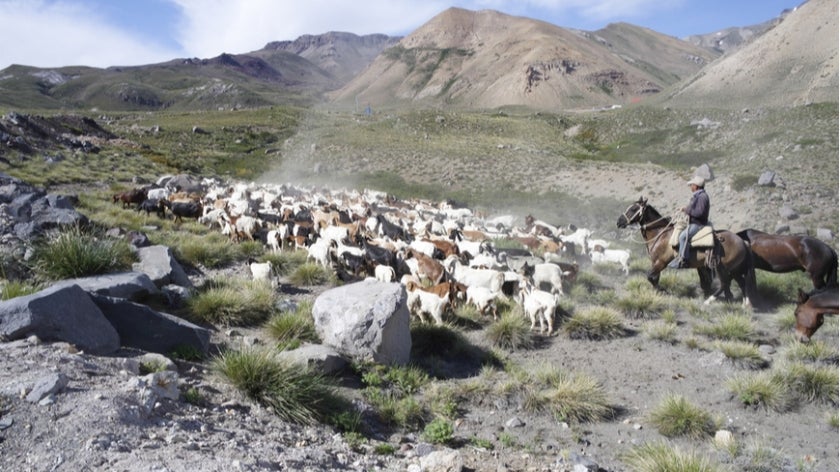
The Global Environment Facility’s latest work program, approved by the GEF Council in December 2020, includes a series of projects designed to help countries protect and regenerate nature amid the challenges of the COVID-19 pandemic. This is one of these projects. For details on the Council proceedings, please click here.
Chile’s vast and varied landscapes are under strain from deforestation, forest fires, drought, and urban growth.
To counter these pressures, the Global Environment Facility is financing a new Food and Agriculture Organization-led project focused on protecting vulnerable ecosystems and plant and animal species where they are the most threatened, as the South American country recovers from the COVID-19 crisis.
Chile spans a wide range of climate and ecosystem types – from desert to temperate rainforest. It also faces a host of environmental threats, particularly in its central region.
The new GEF-backed project will enable the Government of Chile to advance landscape restoration through stronger regulatory and policy responses, increased investment in agroforestry and nature-based solutions, and improved knowledge-sharing related to biodiversity loss mitigation.
Miguel Stutzin Schottlander, Chile’s Operational Focal Point to the GEF, welcomed the project as an initiative that will prioritize the conservation and restoration of ecosystems across multiple fields.
“The project is of high relevance because it will strengthen and articulate public policies and action plans with the efforts and actions by the local communities and the private sector, to conserve and restore ecosystems with a landscape approach in a biodiversity hotspot region,” he said.
The project will focus on Chile’s central region, which has been designated one of five South American biodiversity hotspots by Conservation International because of its wealth of unique plant species. The region boasts 3,893 native species of vascular plants, more than half found nowhere else on earth. A hub for agriculture, the region is also home to some 75 percent of Chileans.
In recent years, deforestation and biodiversity loss in Chile has been primarily driven by growth in farming and livestock production. Unregulated collection of firewood, which accounts for 20 percent of Chile’s energy use, and expanded fruit growing has added to those pressures, along with forest fires that are increasing threats in multiple regions.
Climate change and an overexploitation of water resources by industrial sectors such as agriculture and mining have contributed to desertification and drought in the area. The decline in water resources in turn has increased the number of fires and accelerated vegetation loss.
The GEF-supported FAO project is designed to help on multiple fronts.
Its initial phase will focus on ensuring committees devoted to sustainable land management policies are up and running at the national and local levels, with women and indigenous communities adequately represented. The project team will support the creation of tools, standards, and other yardsticks to improve monitoring.
The project will also aim to stimulate public and private-sector investment in land restoration and sustainable management in Chile, and to improve information-sharing about successful innovations that could be scaled in other areas.
These efforts are expected to help set the stage for the implementation of Chile’s National Plan for Landscape Restoration, which targets 1.5 million hectares of landscapes brought under sustainable management by 2030.


